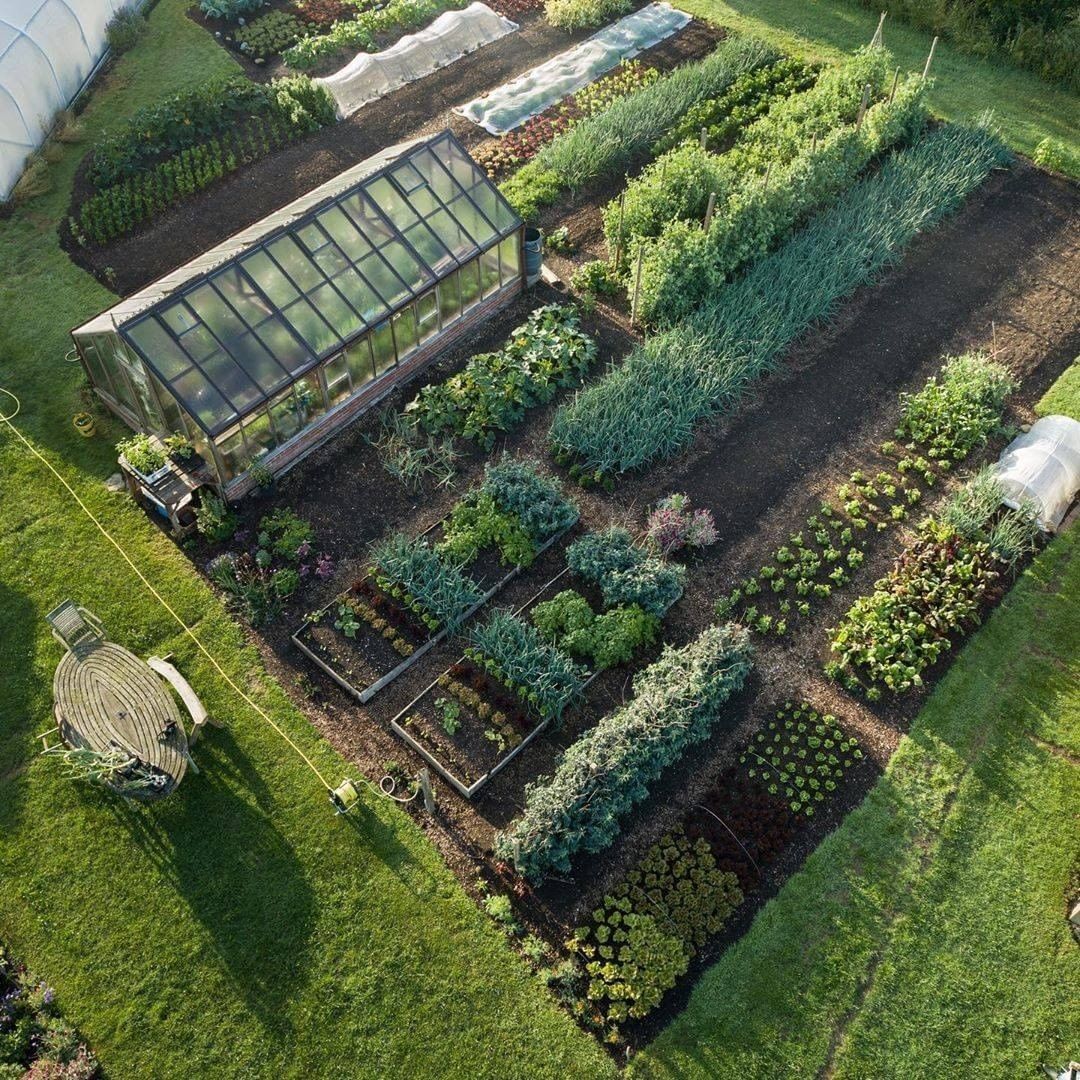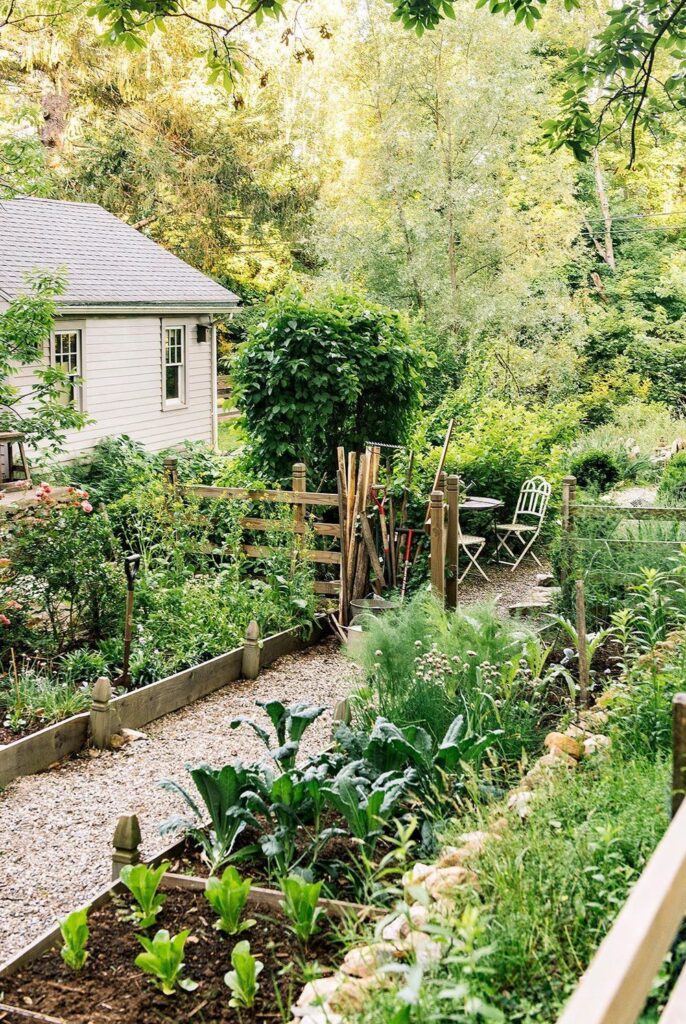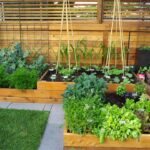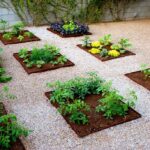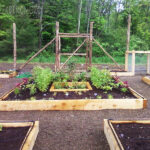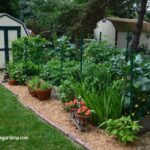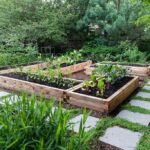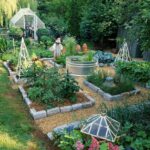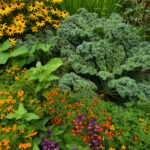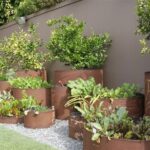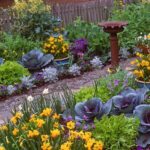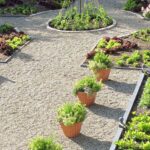Landscaping a vegetable garden is a great way to create a beautiful and functional outdoor space that can provide you with fresh produce all season long. With careful planning and design, you can create a visually appealing garden that is not only productive but also easy to maintain.
One important factor to consider when landscaping a vegetable garden is the layout. Think about how much space you have available and how you want to organize your garden beds. Raised beds are a popular option for vegetable gardens as they provide good drainage, reduce soil compaction, and make it easier to reach plants for watering and harvesting. Consider creating paths between your garden beds to make it easier to navigate and maintain your garden.
Incorporating vertical elements into your vegetable garden can also help maximize space and productivity. Trellises, arbors, and tall plants like pole beans and tomatoes can add height and interest to your garden while also providing support for climbing plants. Vertical gardening can help increase air circulation and sunlight exposure to your plants, resulting in healthier growth and better yields.
When choosing plants for your vegetable garden, consider a mix of annuals and perennials to provide a variety of produce throughout the growing season. Companion planting can also help improve the health and productivity of your garden by grouping together plants that benefit each other or deter pests. Research which plants work well together and consider incorporating flowers and herbs into your garden to attract pollinators and beneficial insects.
Adding hardscaping elements like pathways, seating areas, and garden structures can help enhance the beauty and functionality of your vegetable garden. Consider using natural materials like stone, wood, or gravel that complement the surrounding landscape and provide a cohesive look. Incorporating water features like a small pond or fountain can also help create a relaxing and inviting atmosphere in your garden.
Finally, don’t forget to consider the practical aspects of maintaining your vegetable garden. Include a watering system, composting area, and storage for tools and supplies to make it easier to care for your garden. Regular weeding, pruning, and pest management are also essential to keep your garden healthy and productive. With careful planning and attention to detail, you can create a stunning vegetable garden that will provide you with plentiful harvests for years to come.
